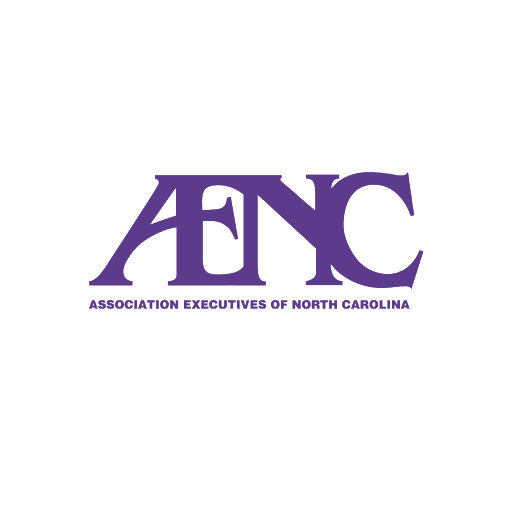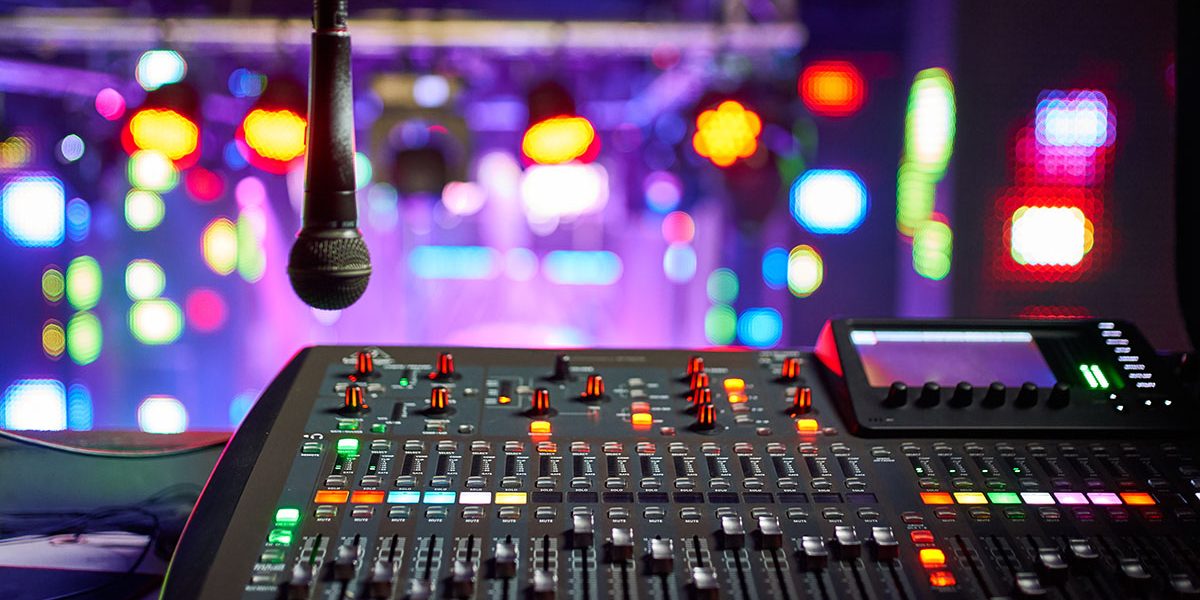The difference with audio visual charlotte nc for weddings
Wiki Article
Comprehending the Incorporation of Audio Visual Modern technology in Today's Educational Environments
The combination of audio-visual technology in instructional settings has changed the mentor and discovering procedure. Educators currently have access to tools that deal with various learning styles, enhancing pupil interaction and collaboration. The unification of these technologies provides both chances and obstacles. Understanding how to efficiently implement these tools is essential. What strategies can instructors use to optimize the benefits of audio-visual modern technology in their classrooms?The Evolution of Audio-Visual Technology in Education
As instructional needs advanced over the decades, audio-visual modern technology underwent significant makeovers that reshaped the understanding environment. Tools such as movie projectors and slide programs were the key means of integrating visual elements into classrooms. These early innovations supplied instructors with the capacity to existing details dynamically, yet they were restricted in accessibility and interactivity.With the introduction of videotape recorder in the 1970s, class started to include documented lessons, broadening the scope of academic sources. The intro of desktop computers in the 1980s further transformed this landscape, permitting for the creation of multimedia discussions and interactive discovering experiences.
The rise of the internet in the 1990s marked a turning point, allowing real-time access to a wealth of audio-visual materials. Today, electronic devices such as interactive white boards and on the internet knowing platforms proceed to boost the academic experience, promoting interaction and cooperation amongst students.
Benefits of Audio-Visual Equipment for Diverse Discovering Styles
Audio-visual tools play a crucial duty in dealing with diverse discovering designs by improving visual knowing and enhancing auditory engagement. By integrating photos, videos, and noise, these technologies produce an even more comprehensive instructional atmosphere. This multifaceted strategy enables educators to attend to the varied choices and needs of pupils efficiently.Enhancing Visual Learning
Interaction in the learning procedure is noticeably enhanced via using audio-visual tools, satisfying numerous finding out designs. These devices, such as video clips, infographics, and interactive discussions, offer aesthetic stimulations that assist comprehension and retention. Visual learners, specifically, gain from the incorporation of pictures and animations, which can streamline complicated principles and boost understanding. In addition, audio-visual resources can highlight real-world applications, making finding out more relevant and engaging. By incorporating color, motion, and audio, educators can create a dynamic learning setting that captures trainees' attention and fosters much deeper cognitive connections. Ultimately, the strategic use audio-visual innovation not only supports aesthetic learning but likewise enriches the overall educational experience for diverse learners.Improving Auditory Interaction
A substantial benefit of including audio-visual devices in education is their ability to improve acoustic engagement among students. These tools, which encompass multimedia presentations, podcasts, and interactive sound elements, cater to various learning styles, especially profiting acoustic learners (audio visual charlotte nc). By incorporating audio and narration, teachers can produce immersive experiences that catch students' interest and reinforce comprehension. This involvement is vital, as it cultivates a deeper understanding of the product and advertises retention. Additionally, audio-visual tools can facilitate collaborative understanding settings, motivating students to take part in conversations and share their insights. Inevitably, the incorporation of audio-visual technology not just sustains acoustic involvement but additionally improves the overall educational experience, making discovering more dynamic and effective for all pupilsEnhancing Involvement With Interactive Discovering

Gamification elements, such as tests and simulations, can enhance inspiration and retention, making discovering a lot more enjoyable and efficient. These methods not only promote cognitive involvement but additionally deal with diverse learning designs, ensuring that all trainees can take part meaningfully. Consequently, interactive understanding settings cultivate a sense of community and belonging, eventually causing enhanced academic end results. Through the assimilation of audio visual modern technology, instructors can transform traditional classrooms into dynamic areas where pupils thrive and proactively form their instructional trips.
Linking Theory and Exercise With Multimedia Resources
Multimedia sources serve as an essential link in between theoretical principles and useful application in instructional settings. By enhancing interaction, facilitating joint knowing experiences, and sustaining diverse knowing designs, these devices produce an extra inclusive and dynamic discovering environment - audio visual charlotte nc. This approach not only fosters deeper understanding however additionally prepares students for real-world challenges
Enhancing Interaction Through Multimedia
Interaction in instructional settings substantially raises when teachers integrate multimedia resources right into their mentor approaches. Making use of video clips, podcasts, and interactive presentations improves the finding out experience, permitting trainees to get in touch with the product on several click here levels. Multimedia resources deal with different discovering styles, supplying aesthetic, auditory, and kinesthetic stimulations that can hold students' focus better than typical lecture techniques. Additionally, these sources can simplify complex concepts, making them more obtainable and remarkable. By integrating multimedia, educators can develop a vibrant class atmosphere that cultivates inquisitiveness and inspires learners. Eventually, the strategic use of audio-visual technology serves to link the gap between academic knowledge and functional application, improving the instructional experience for both instructors and trainees.Facilitating Collaborative Discovering Knowledge
Various researches indicate that collaborative discovering experiences significantly boost student results when incorporated with multimedia sources. Multimedia tools assist in communication amongst trainees, enabling them to involve in problem-solving and important assuming jointly. By using video clip conferencing, collaborative platforms, and interactive presentations, teachers produce settings for synergy and shared learning. These technologies enable trainees to interact their ideas successfully and get prompt responses, cultivating a much deeper understanding of the subject matter. In addition, multimedia resources can offer intricate ideas in even more digestible styles, advertising conversation and cooperation. Consequently, the mix of collective understanding and audio-visual modern technology not only enriches the academic experience yet also prepares students for real-world synergy characteristics, emphasizing the importance of teamwork and cumulative expertise building and construction.Sustaining Diverse Understanding Styles
While typical teaching methods commonly satisfy a minimal variety of discovering preferences, the integration of audio-visual technology offers an extra comprehensive strategy to education and learning. By utilizing multimedia resources such as videos, interactive simulations, and digital discussions, instructors can attend to different discovering styles, including visual, auditory, and kinesthetic. This adaptability permits for set apart guideline, making it possible for pupils to engage with web content in manner ins which resonate with their private preferences. Furthermore, audio-visual tools can promote deeper understanding by supplying numerous representations of complicated concepts. As an outcome, students that might have problem with conventional techniques can find different pathways to success, cultivating an extra fair knowing atmosphere that sustains academic success for all learners.Obstacles in Applying Audio-Visual Technology
Audio-visual innovation holds excellent assurance for boosting academic experiences, its execution commonly comes across significant difficulties. One main problem is the financial concern connected with acquiring and keeping such tools, which can stress spending plans, specifically in underfunded organizations. In addition, insufficient training for instructors can hinder reliable assimilation, leaving them ill-prepared to use the modern technology completely. Technical issues, such as software malfunctions and compatibility troubles, might also disrupt lessons and annoy both educators and trainees. Varying levels of pupil accessibility to modern technology outside the class can develop differences in finding out possibilities. The possibility for over-reliance on technology may take away from crucial training methods, inevitably limiting the academic experience. Attending to these difficulties needs a thorough strategy, consisting of sufficient financing, expert growth, and fair access to sources, to ensure that audio-visual modern technology can be leveraged properly in today's educational settings.Ideal Practices for Integrating Technology in the Class

In addition, fostering an interactive atmosphere with joint devices urges student involvement and involvement. Making use of diverse audio-visual sources deals with numerous learning designs, suiting aesthetic, acoustic, and kinesthetic students. Routinely examining the effect of innovation on student learning aids educators refine their strategies and adjust to altering demands. Lastly, including trainees in the selection of innovation advertises ownership and inspiration. By sticking to these best techniques, instructors can produce a dynamic class atmosphere that properly incorporates innovation and improves the educational experience for all trainees.
The Future of Audio-Visual Innovation in Education
As classrooms significantly accept technology, the landscape of audio-visual tools in education and learning proceeds to progress (audio visual charlotte nc). Future innovations are anticipated to concentrate on higher interactivity and customization, allowing teachers to tailor discovering experiences to specific trainee requirements. Technologies such as augmented reality (AR) and online reality (VIRTUAL REALITY) will likely offer immersive understanding environments, improving pupil engagement and understanding
Man-made knowledge (AI) is poised to play a substantial role in audio-visual innovation by supplying real-time comments and adaptive understanding pathways. This combination may aid educators identify and address pupil challenges much more successfully. Cloud-based systems will certainly facilitate easier access to sources and collaboration amongst students and educators, regardless of place.
In enhancement to these technical breakthroughs, specialist growth for educators will be crucial, ensuring they are equipped to make use of these tools successfully. Overall, the future of audio-visual innovation in education guarantees to develop even more dynamic, inclusive, and impactful knowing experiences.
Often Asked Questions
How Can Educators Select the Right Audio-Visual Equipment for Their Classrooms?
Picking suitable audio-visual tools calls for instructors to analyze their instructional goals, take into consideration pupil needs, assess offered modern technology, and seek suggestions from peers or professionals, ensuring tools successfully enhance understanding and engagement within their particular classroom environment.What Budget plan Considerations Are There for Applying Audio-Visual Technology?
Budget factors to consider for executing audio-visual modern technology consist of first acquisition prices, maintenance expenses, training for staff, and possible software program licensing charges. Additionally, long-term investment in updates and substitutes should likewise be factored into economic preparation.Exist Certain Training Resources for Teachers on Audio-Visual Tools?
Lots of organizations provide training sources for educators on audio-visual devices, consisting of online courses, workshops, and training guides. These sources intend to enhance educators' abilities and confidence in successfully incorporating modern technology into their training methods.Exactly how Do We Determine the Performance of Audio-Visual Innovation in Understanding?
Gauging the effectiveness of audio-visual innovation in discovering includes assessing pupil interaction, understanding, retention prices, and overall scholastic efficiency. Studies, analyses, and observational research studies can provide useful understandings into its impact on instructional outcomes.What Are Common Misconceptions Concerning Audio-Visual Innovation in Education?
Usual misunderstandings concerning audio-visual technology in education and learning include the belief that it ensures involvement and finding out end results, along with the presumption that all pupils benefit similarly, neglecting specific knowing choices and needs.Report this wiki page